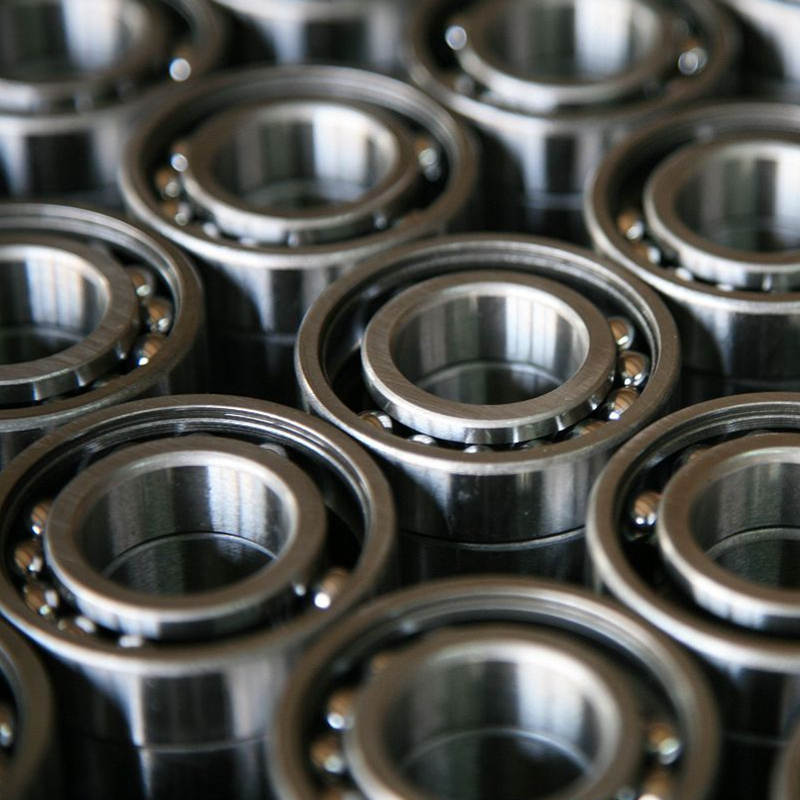Common Bearing Problems and Maintenance Tips

Common Bearing Problems and Maintenance Tips
Major Causes of High Bearing Temperature:
(1) Extremely insufficient or excessive lubricant
(2) Poor installation of the bearings
(3) Extremely small bearing clearance or extremely heavy load
(4) Extremely high friction between lip and seal groove
(5) Improper lubricant type
(6) Creep between the fitting surfaces
Bearing Maintenance Tips:
1. Do not remove bearings from their original packaging until ready to use.
Bearings are precision components. Therefore, users should handland store in a proper manner to avoid the entry of contaminants.
Bearings should be stored in a clean and dry environment with their original package.
2. Inspect the bearing housing and shaft before mounting a bearing.
Before mounting a bearing, inspect the housing and shaft for physical condition or damage. Moreover, use a soft cloth to wipe the surfaces, and ensure you have removed any nicks and burrs.
3. Apply the correct mounting method according to different types of bearings.
When mounting bearings, the correct method to use depends on the type of bearing and type of fit. For example, bearings with cylindrical bores are normally mounted through press fit method (mounting by pressing the bearing on the shafts) or shrink fit (heating the bearing to expand its diameter). For instance, bearings with tapered bores can be mounted directly on tapered or cylindrical shafts with the help of tapered sleeves. Take note that you should only apply pressure with a press fit. However, applying pressure without a press fit to the ring will damage the raceways.
4. Prevent direct heating or overheating. Bearings should ideally be heated with induction heaters.
The max permitted temperature of bearings depends on the heat treatment of the material. Temperatures above the heat limit can permanently deform or soften the bearing steel. As a result, reducing load carrying capacity and leading to eventual failure.
5. Do check lubrication levels frequently and be sure to change lubricants at least yearly.
Most importantly, follow your bearing manufacturer’s recommendations for the most suitable grade and type of lubricant. On the other hand, failure to use the right lubricant can result in machine failure or voiding of warranty.
Common Bearing Problems and Maintenance Tips

